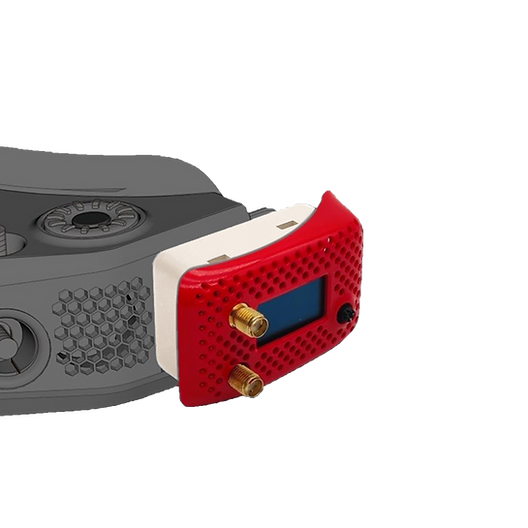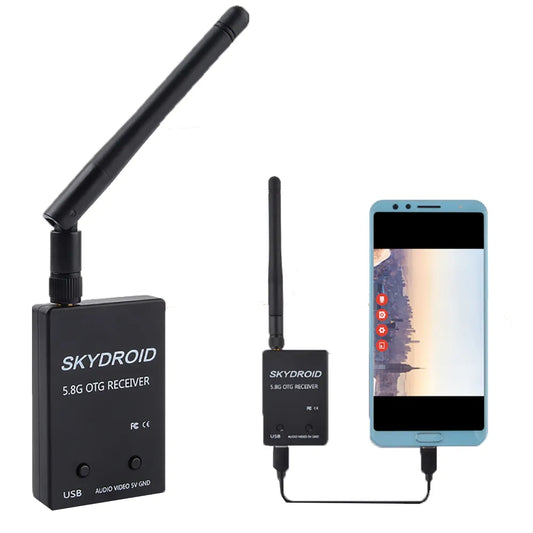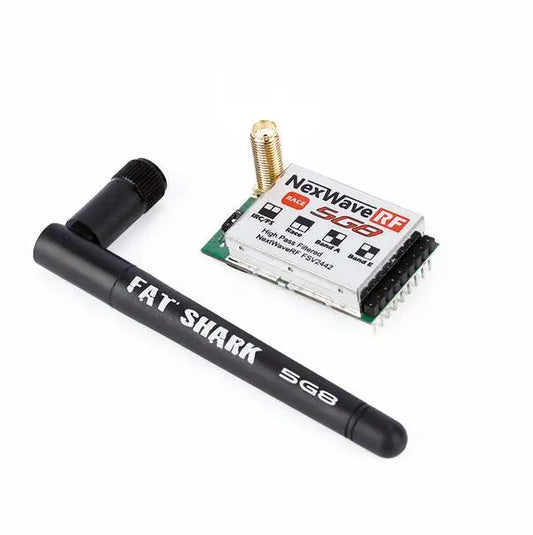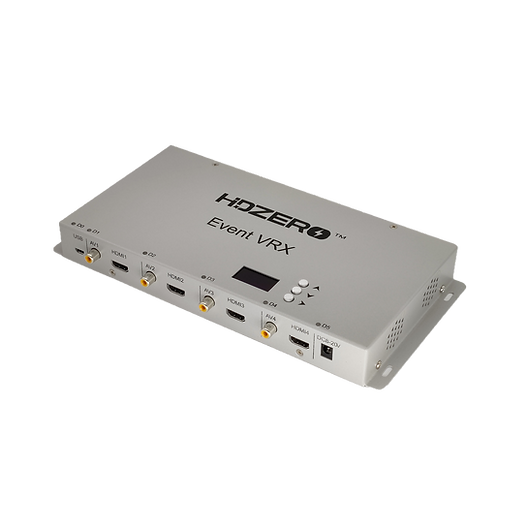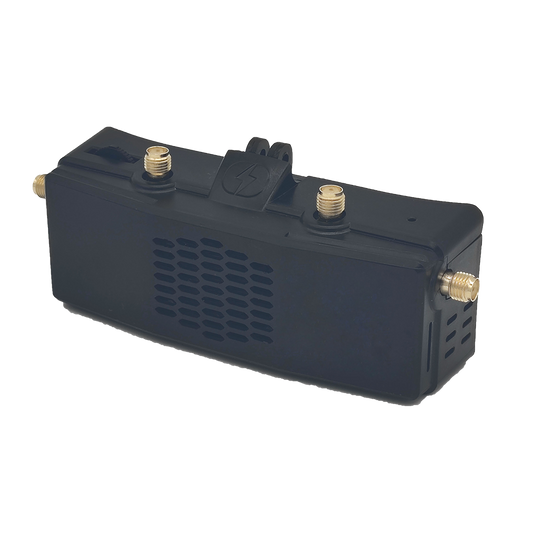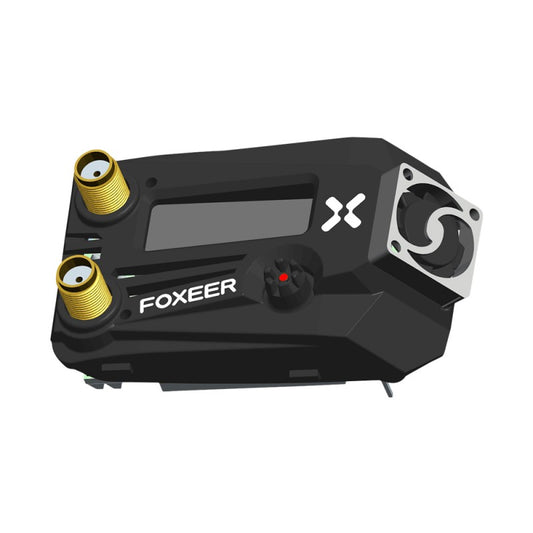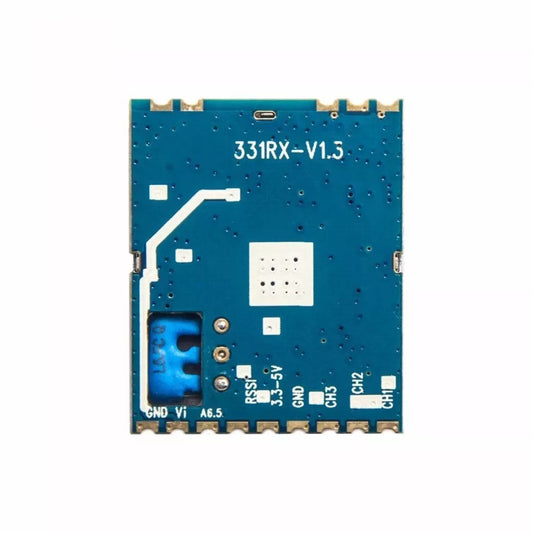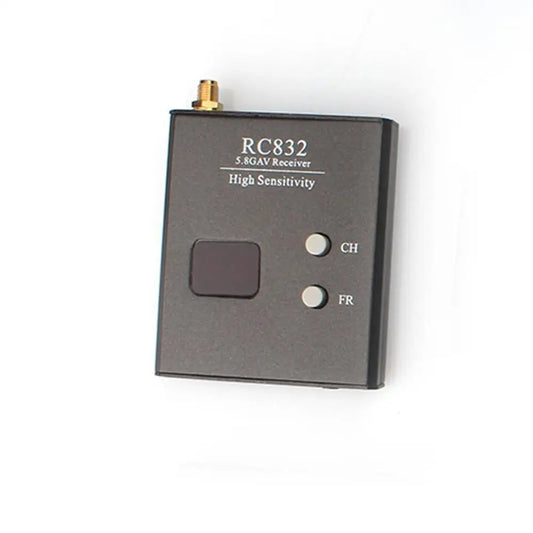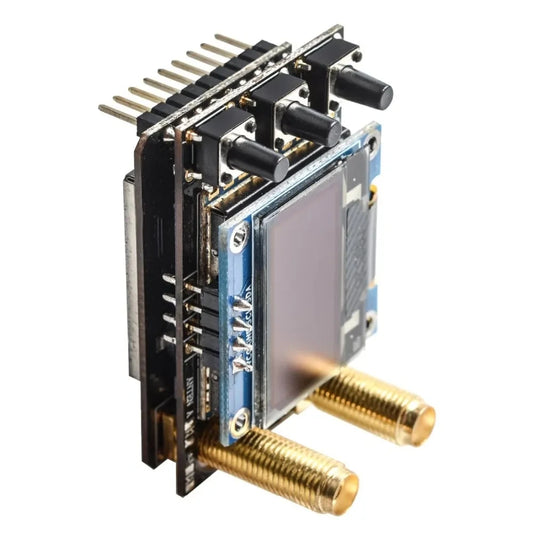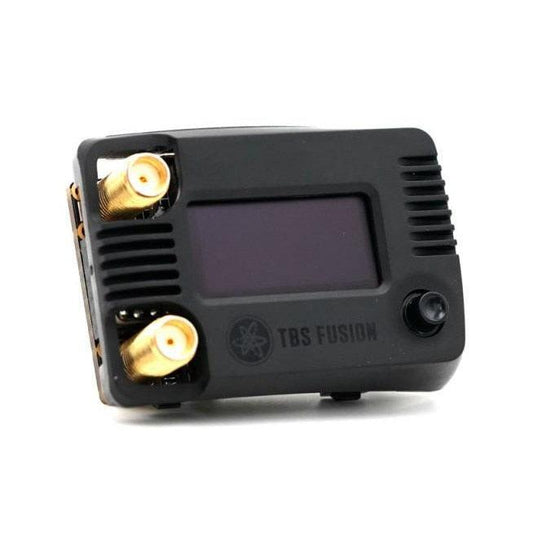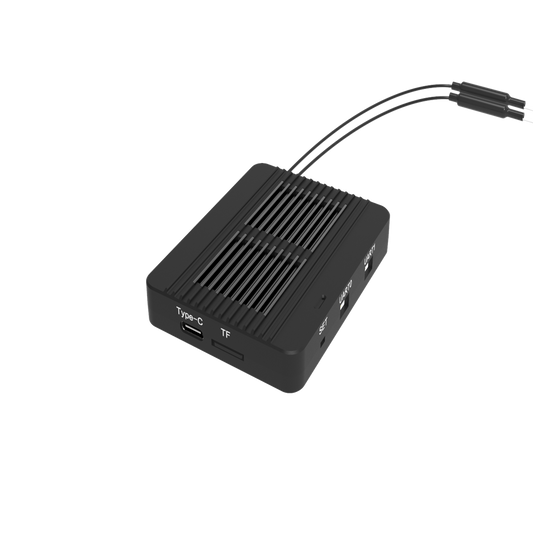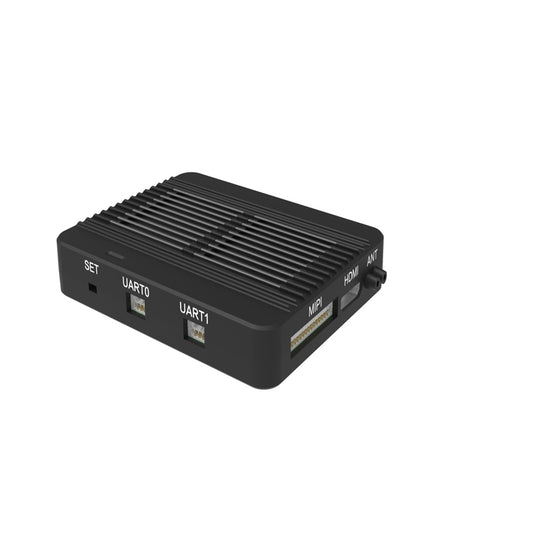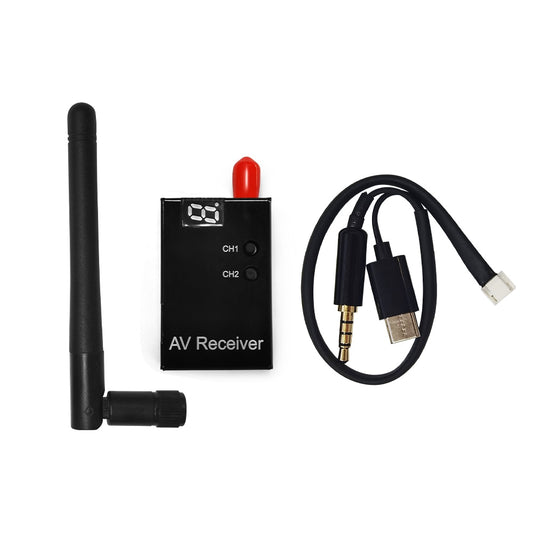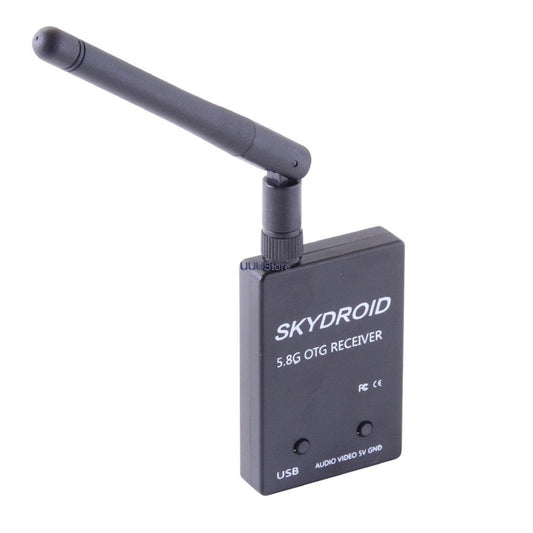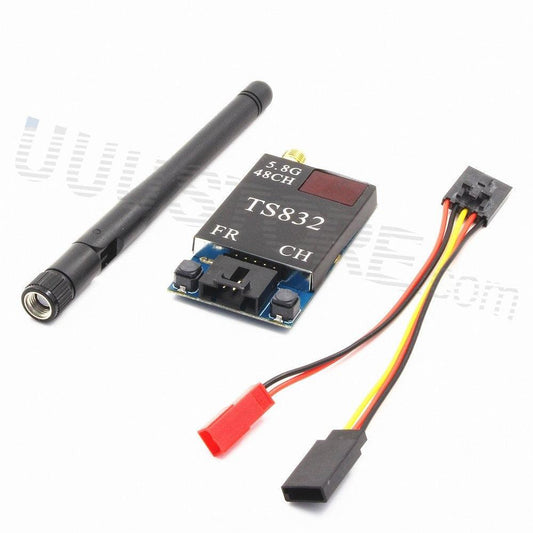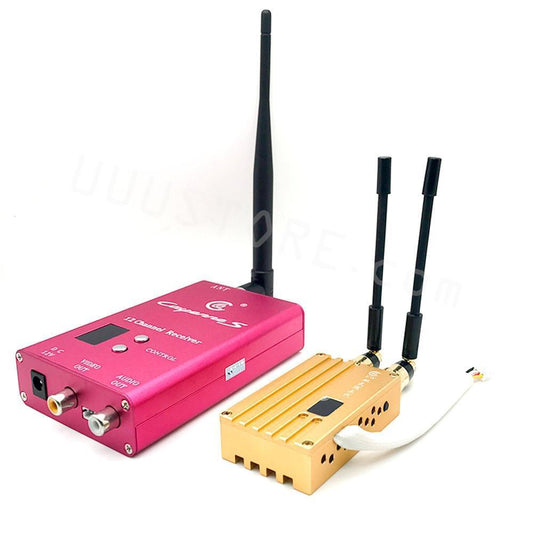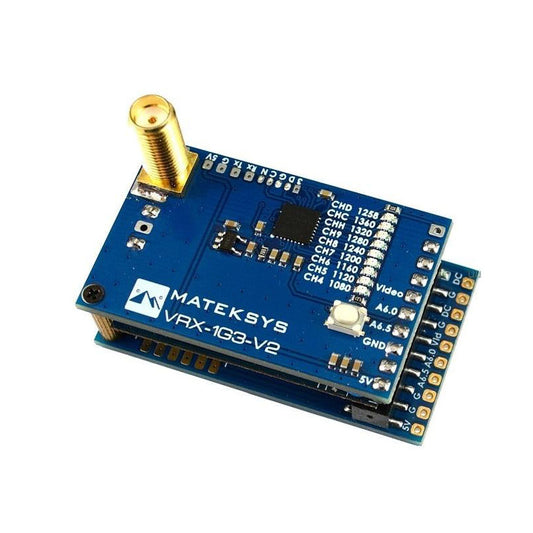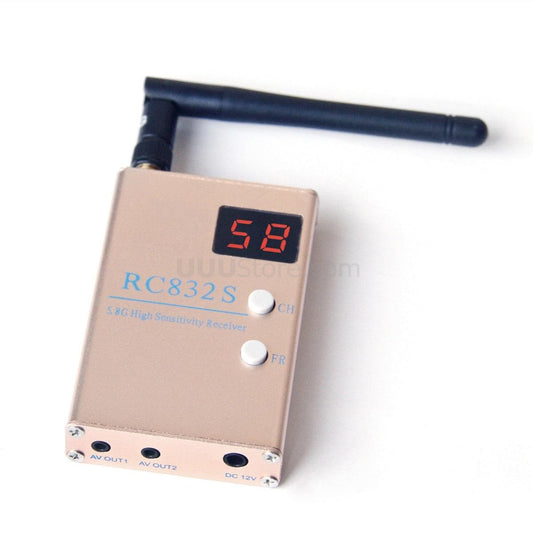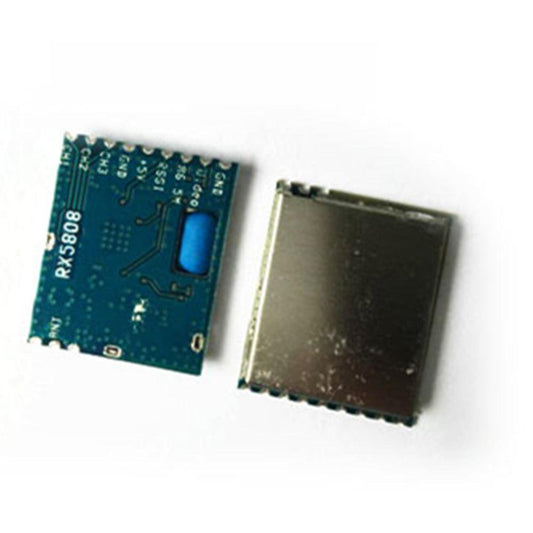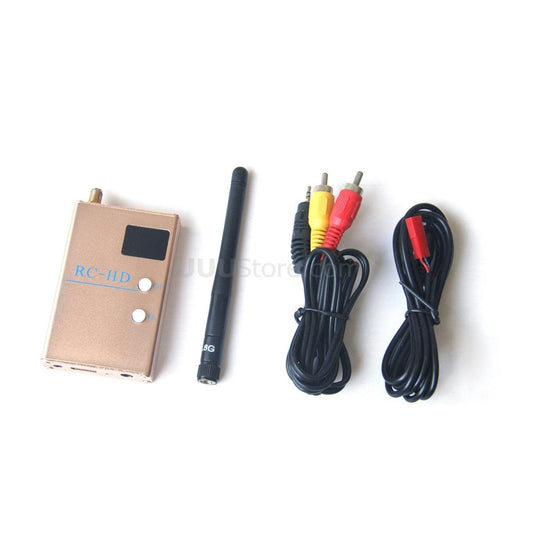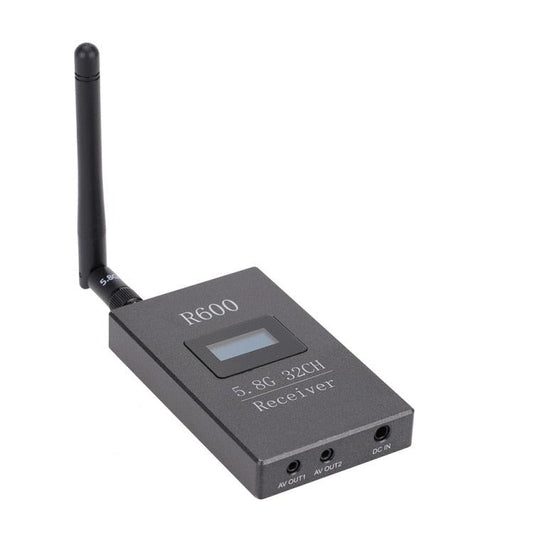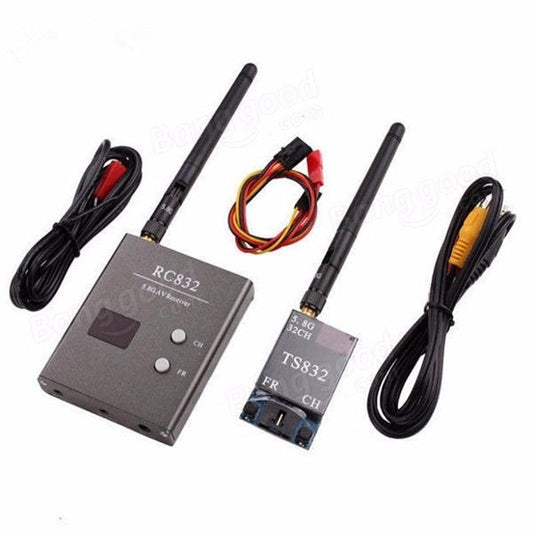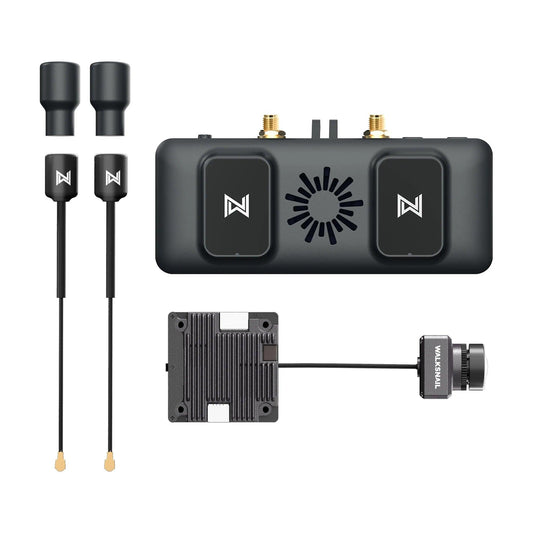Title: Unveiling the Drone VRX (Video Receiver): A Comprehensive Guide
Introduction: In the world of drone technology, the Video Receiver (VRX) is a critical component that often operates in tandem with the Video Transmitter (VTX). This comprehensive guide explores the definition, functions, composition, parameters, selection criteria, popular models, supporting products, connection settings, maintenance, and common problems associated with drone VRX.
Definition: The Video Receiver (VRX) is an essential element in a drone's FPV system, responsible for receiving the transmitted video signal from the drone's Video Transmitter (VTX). It decodes and displays this signal, allowing the pilot to view the live feed in real-time through FPV goggles or a ground station.
Functions: The primary function of a VRX is to capture, process, and display the video signal transmitted by the drone's VTX. It plays a pivotal role in providing the pilot with a real-time, first-person view of the drone's perspective, enabling precise control and navigation.
Composition: A typical VRX comprises an RF (Radio Frequency) module, an antenna, and a video output. The RF module receives the transmitted signal, and the antenna captures it. The processed video signal is then output to an FPV display device, such as goggles or a monitor.
Parameters:
-
Frequency Range and Bands: VRX systems operate within specific frequency bands, commonly categorized as bands A, B, E, and F. It's crucial to ensure compatibility with the VTX and adhere to local regulations.
-
Sensitivity: Measured in dBm, sensitivity determines how well the VRX can pick up weak signals, particularly useful in scenarios with obstacles or long distances.
-
Channel Diversity and Auto-Search: Some VRX models offer multiple channels and auto-search functions, allowing pilots to find the clearest signal and switch between channels effortlessly.
Selection Criteria: When choosing a VRX for your drone, consider factors such as frequency compatibility with your VTX, sensitivity, diversity features, and the type of antenna connector used. Compatibility with your FPV goggles or ground station is also crucial for a seamless setup.
Popular Models: Several VRX models are widely recognized for their performance and features. Notable examples include the Fat Shark Dominator HD3, Furious FPV True-D X, and ImmersionRC RapidFIRE. These models often feature channel diversity, high sensitivity, and advanced signal processing capabilities.
Supporting Products: To optimize VRX performance, consider complementary products such as high-gain antennas, diversity modules, and signal boosters. These additions can enhance signal reception and reduce the likelihood of signal dropout.
Connection Settings: Connecting a VRX involves linking it to the FPV goggles or ground station. Ensure that the VRX and VTX are set to the same frequency and band. Auto-search functions can simplify this process, automatically locking onto the strongest available signal.
Maintenance: Regular maintenance of the VRX includes checking for physical damage, inspecting antenna connections, and keeping the device clean. Firmware updates, if available, should be applied to ensure compatibility with new technologies and enhance performance.
Common Problems:
-
Signal Dropout: This can occur due to interference, obstacles, or inadequate antenna placement. Using diversity systems and high-quality antennas can mitigate this issue.
-
Compatibility Issues: Ensure that the VRX is compatible with your FPV goggles or ground station. Mismatched frequencies and bands can lead to signal loss.
In conclusion, understanding the intricacies of the drone VRX is crucial for an immersive and reliable FPV experience. By considering parameters, selecting appropriate models, and maintaining the equipment, drone enthusiasts can ensure a clear and uninterrupted view of their aerial adventures.
